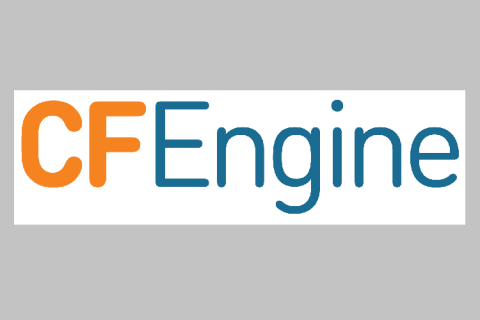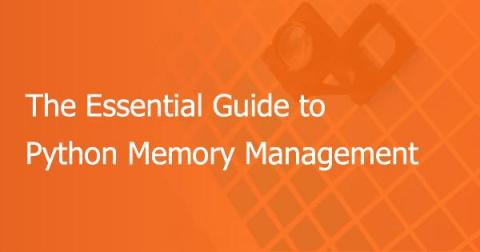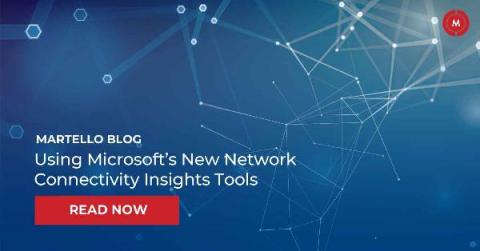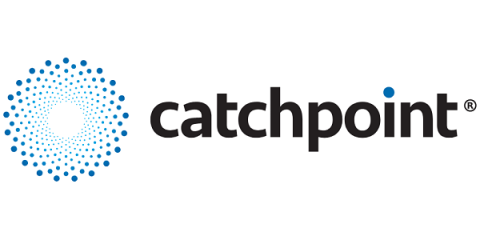Introducing CFEngine Custom Promise Types
In CFEngine 3.17, custom promise types were introduced. This allows you to extend policy language, managing resources which don’t have built in promise types. The implementation of custom promise types is open source, and available in both CFEngine Enterprise and CFEngine Community. To implement a new custom promise type, you need a promise module.











